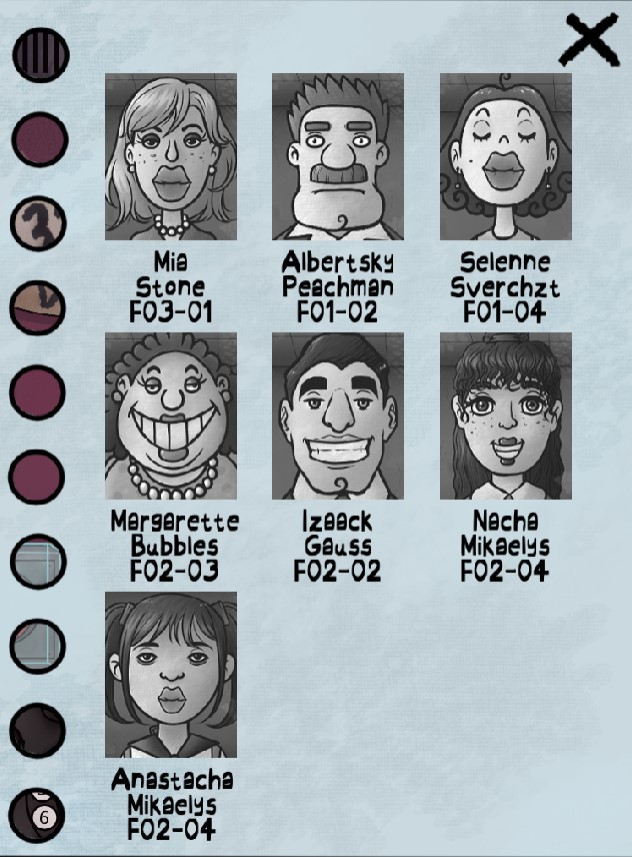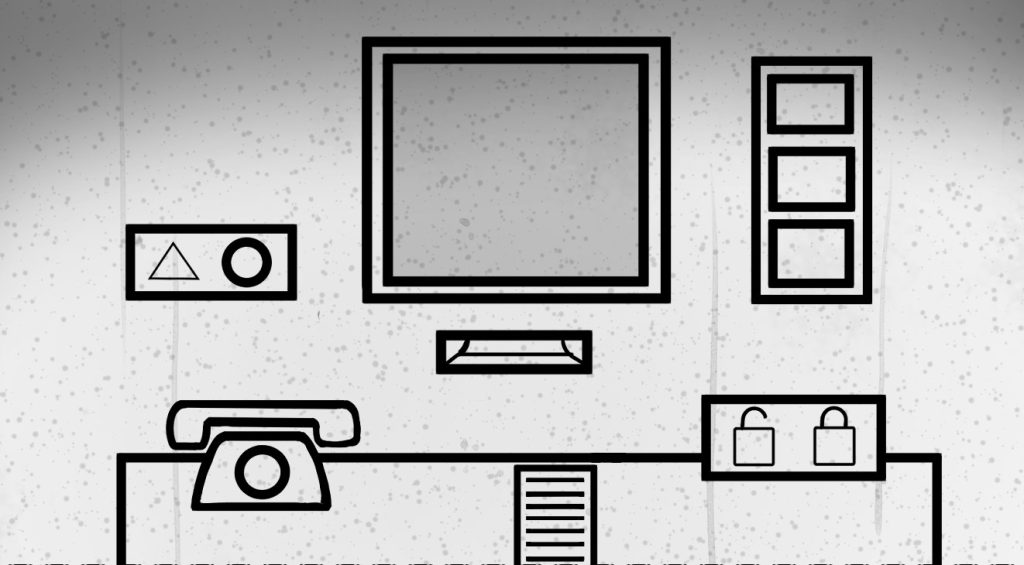That’s not my Neighbor – How to Play

In That’s Not My Neighbor, players step into the role of a vigilant doorman tasked with safeguarding an apartment complex from doppelgangers disguised as residents. The game starts with a tutorial video introducing the concept of doppelgängers overrunning the area, setting the stage for a unique guarding challenge.
Key Gameplay Components



- Resident Dossiers: In the office, players find three folders on the right wall, each containing dossiers for residents of the first, second, and third floors, respectively. These dossiers detail physical characteristics and other identifiers, such as moles’ positions or distinctive features. A critical gameplay element involves cross-referencing incoming residents’ appearances with these dossiers, including checking for discrepancies in identification documents. Utilize the residents’ phone numbers included in the dossiers to verify their presence at home, adding an extra layer of verification to prevent doppelganger infiltration.
- Expected Arrivals List: On the left wall, there’s a list of residents expected to return home on that day. Any mismatch between this list and the actual arrivals should raise suspicion. However, allowances are made for residents who might leave for emergencies, introducing a grey area in the decision-making process. An emergency service phone number is also displayed here for quick access.
- Telephone and Emergency Protocol: A telephone on the desk is the player’s direct line to alert the emergency services in case of identifying a doppelganger. Before making the call, players must press a red emergency button which secures the office by sealing the window, preventing the doppelgänger from breaking in. Identity Verification: All visitors, whether residents or their clones, are required to present identification upon arrival. Players compare these IDs against the dossiers, looking for mismatches in identification numbers, photographs, and expiration dates. Additionally, visitors must carry a document justifying their absence, further aiding in the verification process.




To start playing That’s Not My Neighbor:
- Click the “Play Game” button, allowing for load time given the game’s detailed environment.
- Dive into the game, exploring its unique concept and suspenseful gameplay, available to enjoy online and for free.

Tips
- Verification: Use the provided checklist, ensuring no doppelganger slips through unnoticed.
- Observation: Keep a watchful eye on the security window, looking for any discrepancies or anomalies that might reveal a doppelganger’s presence.
- Critical Decision Making: Decide when to use the emergency button or deny entry based on gathered evidence, understanding that each choice impacts the game’s outcome.
- Use phone to make sure your neighbors are home.
The tension of the game is heightened by the unpredictability of doppelganger tactics, requiring players to adapt and think critically. The ultimate goal is to unravel the mystery of the doppelganger threat, protect the apartment complex, and uncover the bigger picture of what’s going on.












